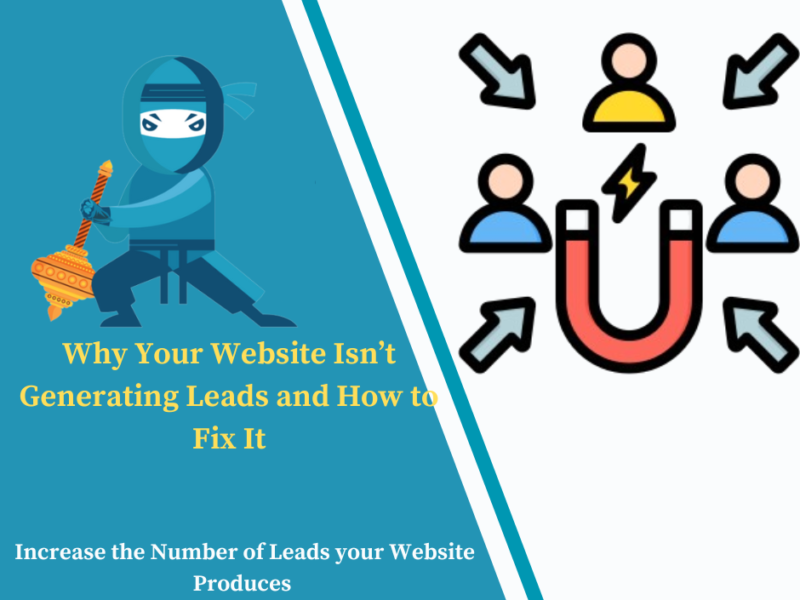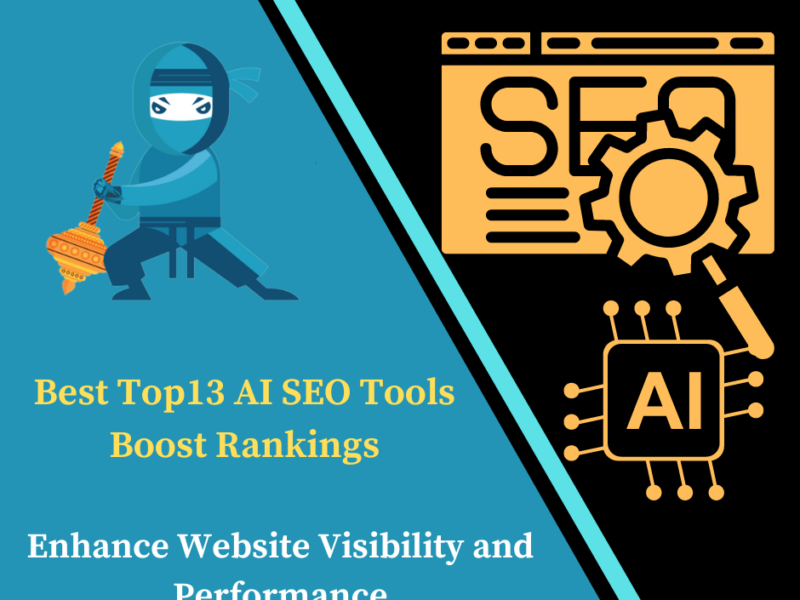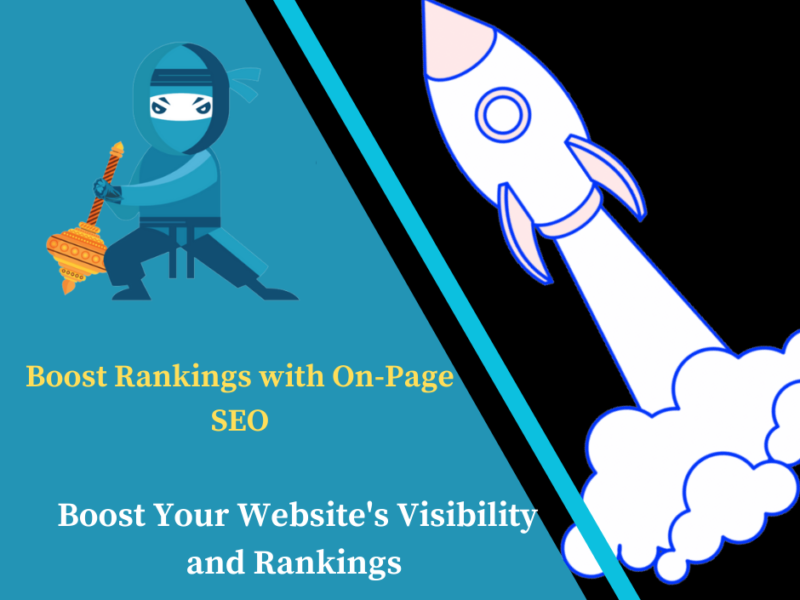
Days
Hours
Minutes
Seconds
Your Deal is Expired
|
|

Edit Content

As a leading online marketing company, always focuses on changing and improving businesses and their outcome.
Where to find us
- SN-3, First floor, ratauli road, near Town park, Bank Colony
- herry@hanuitsolutions.com
- +917082069620
Working Hours
- Mon-Sat : 9:00am - 6:00pm
- Sunday - Closed
Get In Touch
Facebook-square
Instagram
Linkedin
Tag: Content strategy

What Is Enterprise SEO? Key Challenges & Expert Tips for 2025 Success
In the rapidly evolving digital...

Why Your Website Isn’t Generating Leads and How to Fix It
In an era where digital presence is pivotal...

Top 13 AI SEO Tools for 2024: Elevate Your SEO Strategy:-
In the ever-evolving world of SEO, staying...
No posts found

